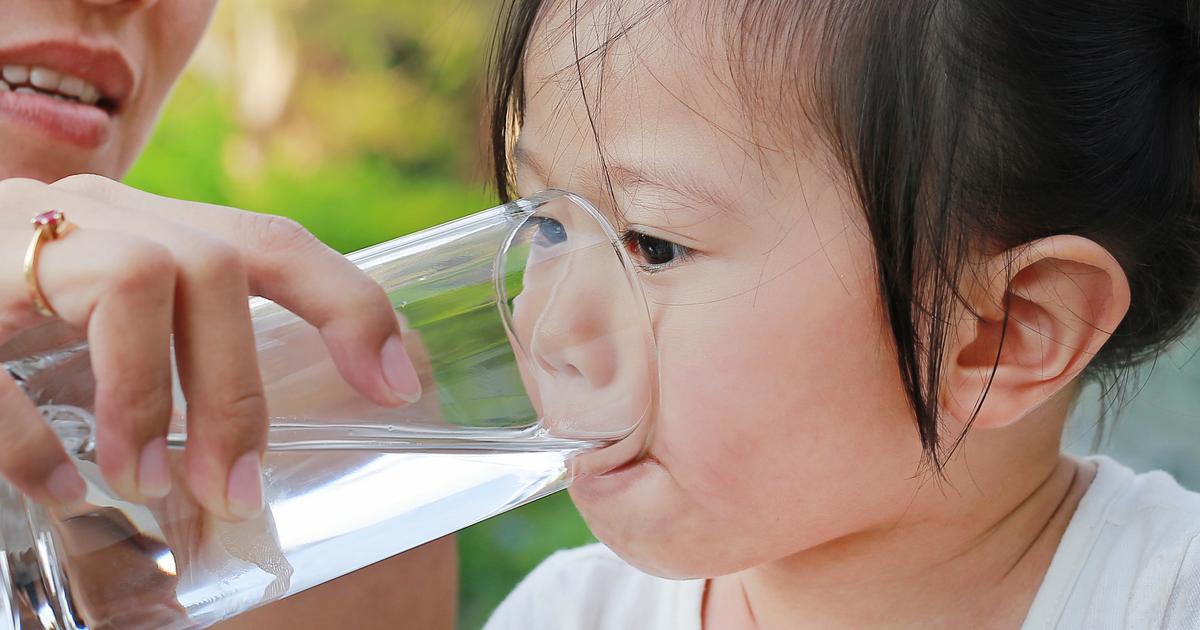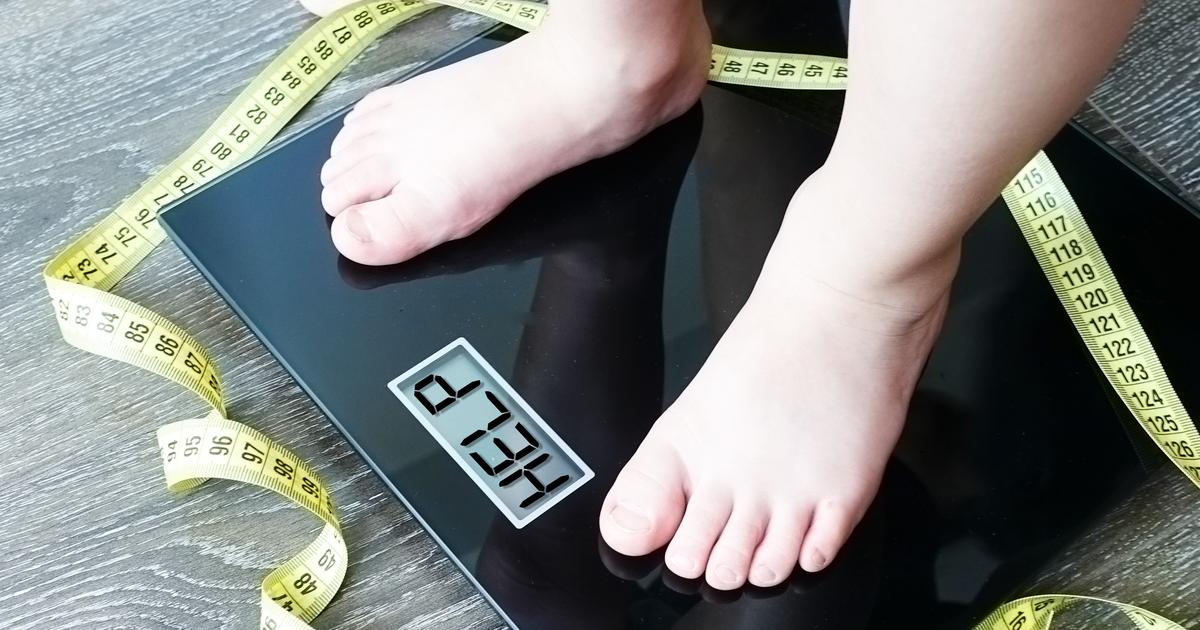Guide To The Symptoms Of Diabetes In Children
Diabetes mellitus is a condition that occurs when the body doesn't produce enough insulin, which is required to turn sugar into an energy form usable by cells. Without insulin, sugar remains in the bloodstream. High blood sugar can have dangerous complications, and in the worst-case scenarios, diabetes can be fatal. Prompt diagnosis and treatment is key to preventing permanent damage. Type 1 diabetes occurs when a child's body doesn't produce insulin anymore, and the insulin must be replaced through medications since it's necessary for survival. Type 2 diabetes is less common in children, and it occurs when the body doesn't produce adequate insulin. Type 2 diabetes can sometimes be reversed, and it can often be controlled through diet and exercise. However, when diet and exercise aren't enough, medication might be necessary to help manage blood sugar.
Get to know the major symptoms of diabetes seen in children now.
Increased Urination And Thirst

When sugar builds up to toxic levels in the bloodstream, it removes fluid from the tissues of the child's body, causing the tissues to become dehydrated because of their lower fluid content. As a result, children might experience much greater thirst than they usually do. And since they will typically increase the amount of liquid they're drinking to compensate, their urination habits may change as well. Children may need to urinate more frequently, to the point it might be disruptive to their learning, extracurricular activities, or comfort at home. Type 2 diabetes is unlikely to develop in very young children, but type 1 may develop. If the child is young and has recently been toilet trained, they might suddenly start wetting the bed or having accidents again. Occasional bed wetting is normal for young children, but if it happens with unusual frequency, or it starts when the child previously didn't have a problem, parents should talk to their child's pediatrician.
Learn more about the signs of diabetes in children now.
Unexplained Weight Loss

When individuals eat, the sugar in their food is converted into energy, which is used by their cells. Any energy not used at the time is stored in the form of fat cells. The fat on an individual's body is just stored energy they can use later. However, diabetes prevents sugar from being converted into energy and fat storage. This means children aren't receiving the energy they need or storing fat, which leads to extreme weight loss. Parents will typically notice their child losing weight even if they haven't changed their eating habits or exercise routine. Type 2 diabetes is less likely to cause weight loss since the body can still convert some energy. Type 1 diabetes, on the other hand, can lead to rapid and extreme weight loss. Any unexplained weight loss in a child is a reason to consult a pediatrician, as children are supposed to put on weight and muscle as they grow so their bodies can develop healthily.
Discover more symptoms of diabetes seen in children now.
